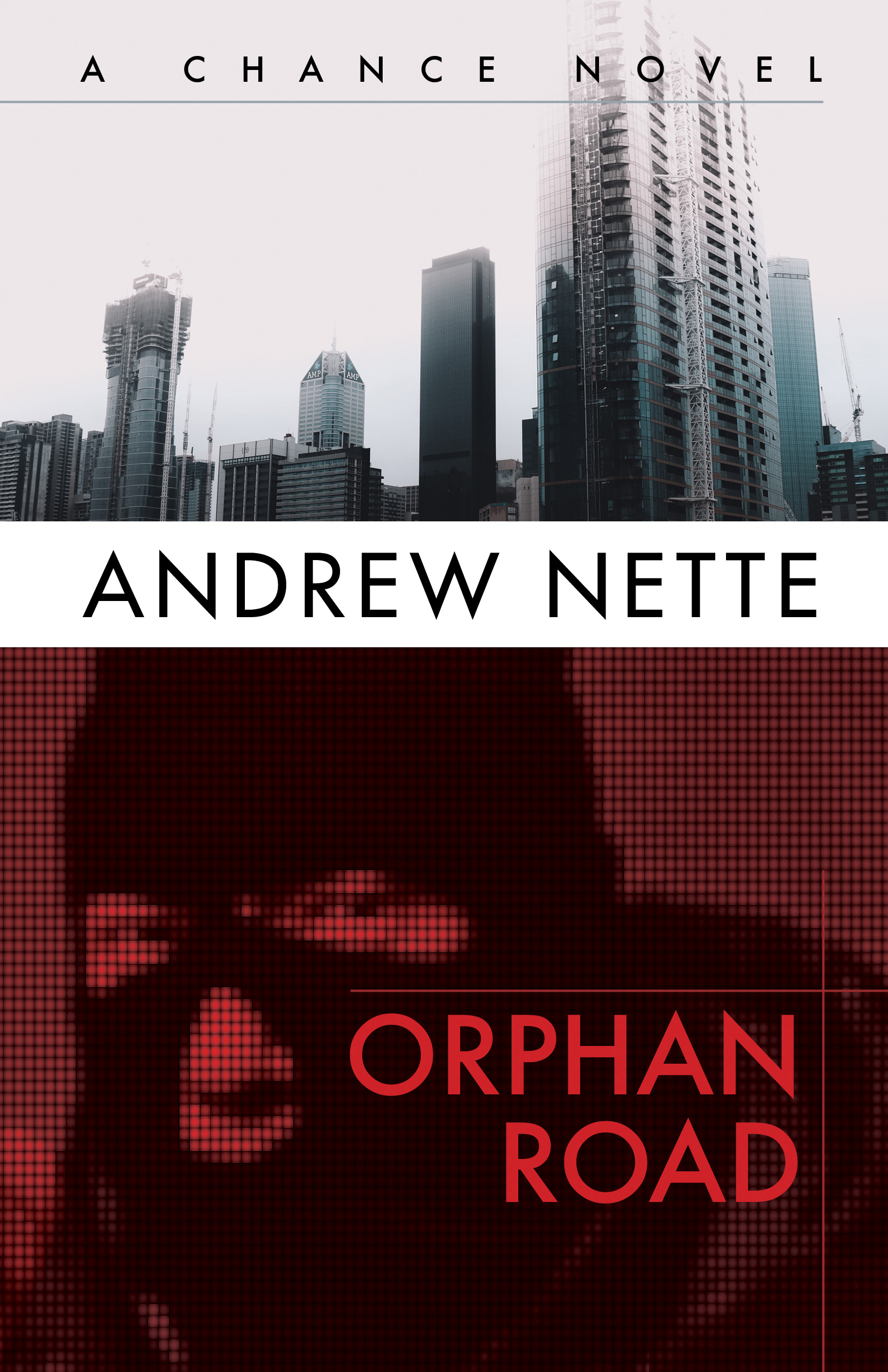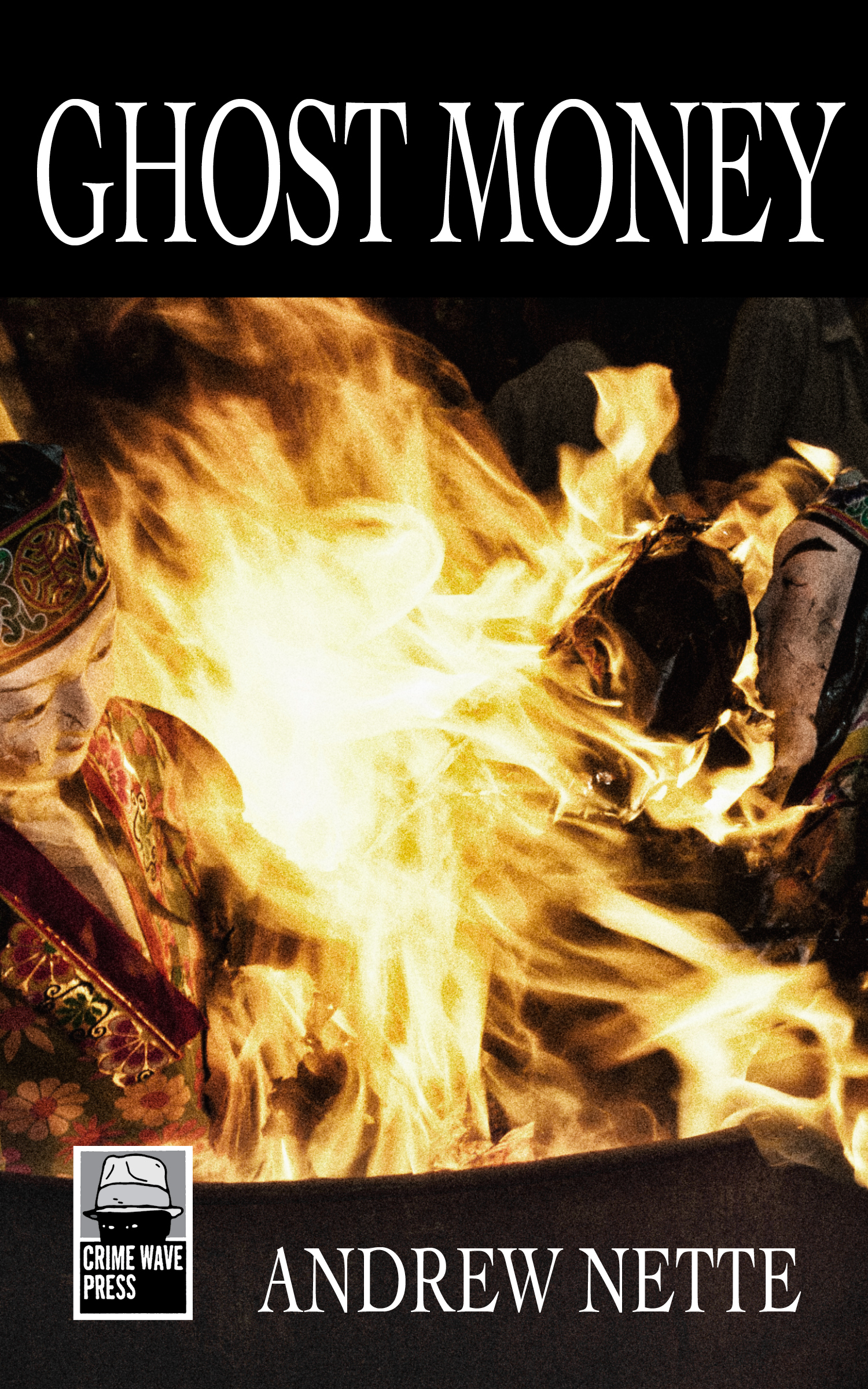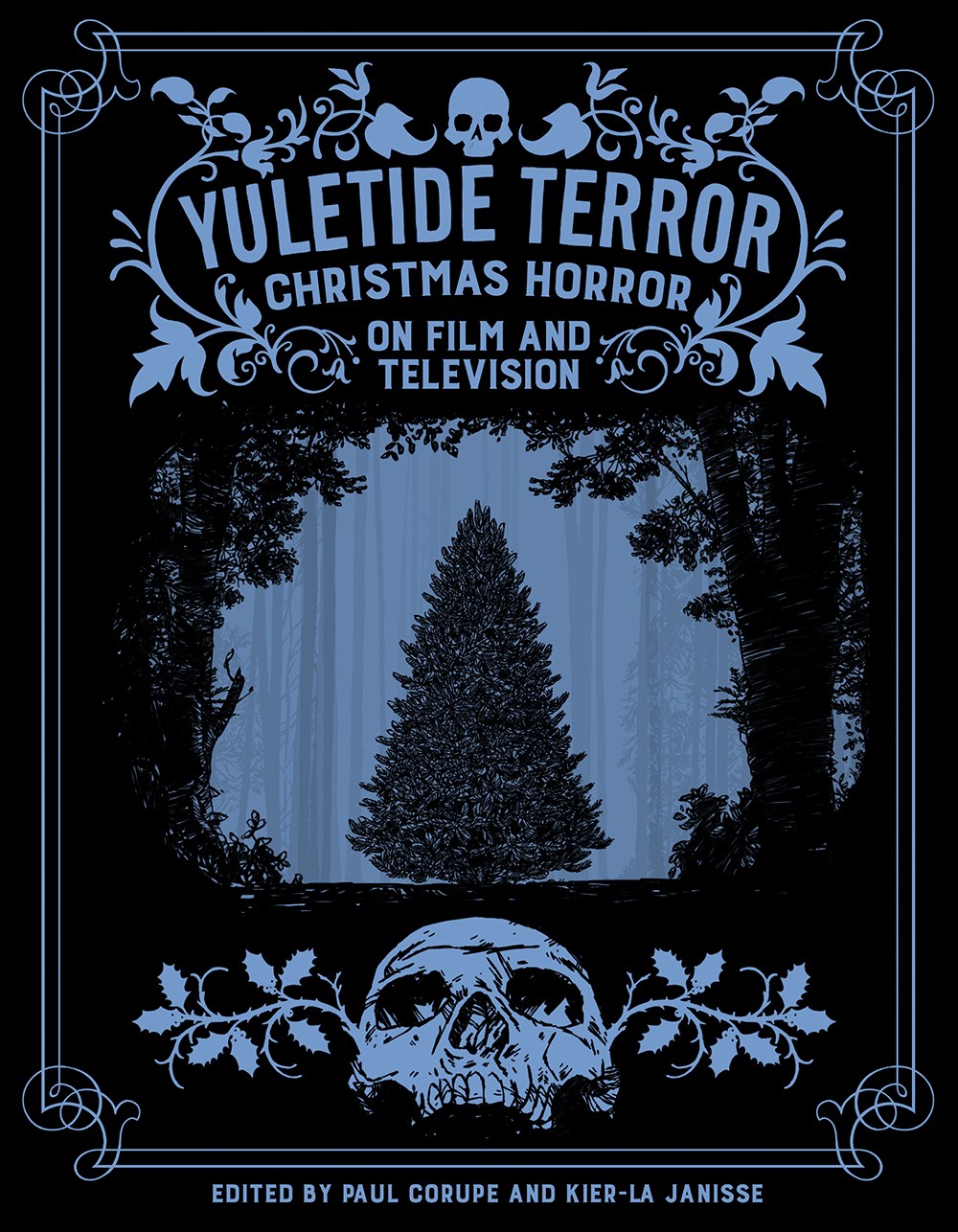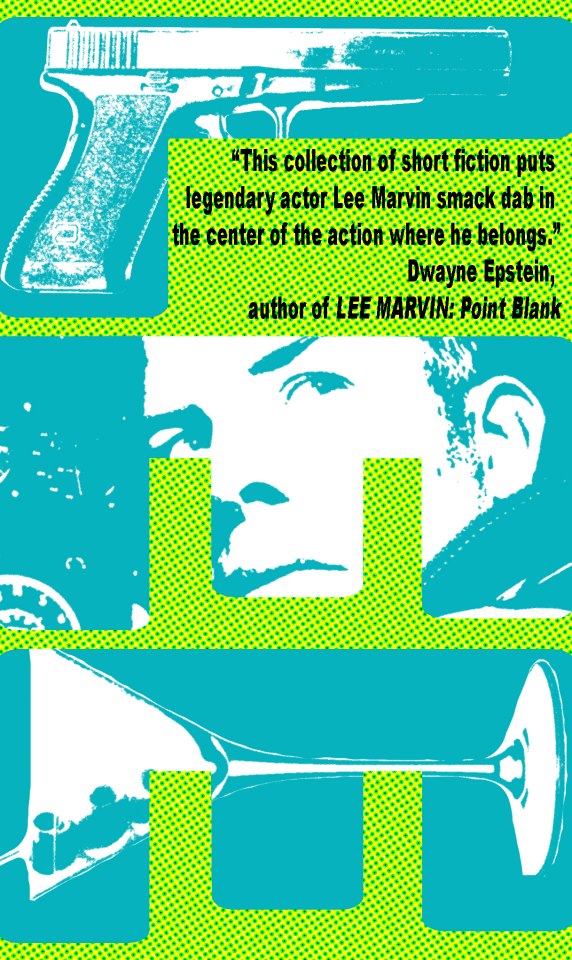Search
-
Recent Posts
- Dishing up Pulp Curry in a new way: why I am starting a Substack newsletter
- Book reviews: Deadly dames, midcentury Brit pulp and 1970s science fiction
- Mackenna’s Gold (1969): Gold, Ghosts and Frontier Violence
- Orphan Road book launch
- Orphan Road now available
- Pre-orders open for my new novel, Orphan Road
- Cover reveal: Orphan Road, my follow up to Gunshine State
- Breakfast in the Ruins podcast: New English Library Bikermania
- Why 1973 was the year Sidney Lumet took on police corruption
- Men’s Adventure Quarterly: Gang Girls issue
Categories
- 1960s American crime films
- 1970s American crime films
- 1980s American crime films
- 1990s American crime films
- Adrian McKinty
- Albert Dekker
- Andre De Toth
- Angela Savage
- Angie Dickinson
- Anthony Zerbe
- Asian noir
- Australian crime fiction
- Australian crime film
- Australian noir
- Australian popular culture
- Australian pulp fiction
- Australian television history
- Ava Gardner
- Beat culture
- Belmont Tower Books
- Ben Wheatley
- Billie Whitelaw
- Black pulp fiction
- Blaxsploitation
- Book cover design
- Book Reviews
- British crime cinema
- British pulp fiction
- Bryan Brown
- Burt Lancaster
- Carter Brown
- Charles Durning
- Charles Willeford
- Chester Himes
- Christopher G Moore
- Christopher Lee
- Cinema culture
- Claude Atkins
- Coronet Books
- Crawford Productions
- Crime Factory
- Crime Factory Publications
- Crime fiction
- Crime fiction and film from Africa
- Crime fiction and film from Cambodia
- Crime fiction and film from China
- Crime fiction and film from India
- Crime fiction and film from Indonesia
- Crime fiction and film from Japan
- Crime fiction and film from Laos
- Crime fiction and film from Latin and Central America
- Crime fiction and film from Malaysia
- Crime fiction and film from New Zealand
- Crime fiction and film from Scandinavia
- Crime fiction and film from Singapore
- Crime fiction and film from South Korea
- Crime fiction and film from Thailand
- Crime fiction and film from the Philippines
- Crime Fiction and film set in Vietnam
- Crime film
- Dangerous Visions and New Worlds Radical Science Fiction 1950 to 1985
- David Goodis
- David Peace
- David Whish-Wilson
- Derek Raymond
- Diana Dors
- Dirk Bogarde
- Don Siegel
- Don Winslow
- Donald Westlake aka Richard Stark
- Dystopian cinema
- Ernest Borgnine
- Eurocrime
- Fawcett Gold Medal Books
- Femme fatale
- Fernando Di Leo
- Filipino genre films
- Film Noir
- Forgotten Melbourne
- French cinema
- French crime fiction
- Garry Disher
- Gene Hackman
- George V Higgins
- Georges Simenon
- Ghost Money
- Giallo cinema
- Gil Brewer
- Girl Gangs, Biker Boys and Real Cool Cats: Pulp Fiction & Youth Culture, 1950-1980
- Gloria Grahame
- Gold Star Publications
- Gregory Peck
- Gunshine State
- Heist films
- Horror
- Horwitz Publications
- Humphrey Bogart
- Ian Fleming
- Interviews
- Ira Levin
- James Caan
- James Crumley
- James Ellroy
- James Hadley Chase
- James Woods
- Jim Brown
- Jim Thompson
- Joel Edgerton
- John Frankenheimer
- Joseph Losey
- Karen Black
- Kerry Greenwood
- Kinji Fukasaku
- Larry Kent
- Laura Elizabeth Woolett
- Lee Marvin
- Leigh Redhead
- Lindy Cameron
- M Emmet Walsh
- Mad Max
- Mafia
- Malla Nunn
- Martin Limon
- Megan Abbott
- Melbourne International Film Festival
- Melbourne Writers Festival
- Men's Adventure Magazines
- Michael Caine
- Michael Fassbender
- Mickey Spillane
- Monarch Books
- Ned Kelly Awards
- Neo Noir
- New English Library
- Newton Thornburg
- Noir Con
- Noir fiction
- Non-crime reviews
- Oren Moverman
- Orphan Road
- Ozsploitation
- Pan Books
- Parker
- Paul Newman
- Peter Boyle
- Peter Corris
- Peter Strickland
- Peter Yates
- Poliziotteschi
- Pulp fiction
- Pulp fiction in the 70s and 80s
- Pulp fiction set in Asia
- Pulp Friday
- Pulp paperback cover art
- Qui Xiaolong
- Raymond Chandler
- Richard Burton
- Richard Conte
- Robert Aldrich
- Robert Mitchum
- Robert Ryan
- Robert Stone
- Rock Hudson
- Roger Smith
- Rollerball
- Rosaleen Norton
- Roy Scheider
- Rural noir
- Sam Levene
- Sam Peckinpah
- Samuel Fuller
- Science fiction and fantasy
- Scripts Publications
- Sidney Lumet
- Sidney Poitier
- Simon Harvester
- Snowtown
- Snubnose Press
- Spies
- Stanley Baker
- Sterling Hayden
- Steve McQueen
- Sticking it the the Man Revolution and Counter Culture in Pulp and Popular Fiction 1950 1980
- Stuart Rosenberg
- Tandem Books
- Tart noir
- Tartan Noir
- Ted Lewis
- Toni Johnson Woods
- True crime
- Vicki Hendricks
- Victor Mature
- Vintage mug shots
- Vintage pulp paperback covers
- Wallace Stroby
- War film
- Westerns
- William Friedkin
- Woody Strode
- Yakuza films
- Yaphet Kotto
Nothing but noir
Recommended reading
The lurid world of pulp
- 20th century Danny Boy
- American Pulps
- Bear Alley
- Bloody, Spicy, Books
- Comics Down Under
- Everything second hand
- Existential Ennui
- Greenleaf Classic Books
- Irv O. Neil's Erotica is My Trade
- Killer Covers
- Lost Classics of Teen Lit 1939-1989
- Luminist Archives
- Men's Pulp Mags
- Mporcius Fiction Log
- Murder, Mayhem and Long Dogs
- Neglected Books
- Nocturnal Revelries
- Paperback Warrior
- Paperbacks of the Gods
- Pop Sensation
- Pulp artists
- Pulp Covers
- Pulp Crazy
- Pulp Flakes
- Pulp International
- Pulp Magazines Project
- Pulp Serenade
- Realms of the Night
- Romance Fiction Has a History
- Rough Edges
- Sin Street Sleaze
- Spy Guys and Gals
- The department of Afro American Research Arts & Culture
- The Dusty Bookcase
- The Haunted World of Richard Sala
- The Moon Lens
- The Nick Carter & Carter Brown Blog
- The Pulp & Paperback Fiction Reader
- Too Much Horror Fiction
- True Pulp Fiction
- Vault of Horror
- Vintage Nurse Romance Novels
- Vintage Romance Novels
- Welcome to the Pan Paperback
- Yellow and Creased
Support This Site
If you like what I do please support me on Ko-fi
Category Archives: Pulp fiction in the 70s and 80s
Blowback: late 1960s and 1970s pulp and popular fiction about the Vietnam War
 If you are still on the fence about purchasing a copy of my new book, Sticking it to the Man: Revolution and the Counterculture in Pulp and Popular Fiction, 1950 to 1980, the site CrimeReads is running a couple of extracts from the book. The first is my piece, ‘Blowback: late 1960s and 1970s pulp and popular fiction about the Vietnam War’.
If you are still on the fence about purchasing a copy of my new book, Sticking it to the Man: Revolution and the Counterculture in Pulp and Popular Fiction, 1950 to 1980, the site CrimeReads is running a couple of extracts from the book. The first is my piece, ‘Blowback: late 1960s and 1970s pulp and popular fiction about the Vietnam War’.
The conflict in Vietnam cast a long shadow over pulp and popular fiction in the late 1960s and the 1970s. Vietnam veterans were hunted by small town redneck police in David Morrell’s 1972 novel, First Blood, dealt drugs in Vern E Smith’s The Jones Men, and staged an abortive bank heist in Dog Day Afternoon, both published in 1974. In the Lone Wolf series ex-New York cop and Vietnam veteran, Burt Wulff mounted a fourteen-book battle from 1973 to 1975 against the drug dealing criminal organisation, ‘The Network’, in which he treated the streets of America’s major cities as an extension of jungles of Southeast Asia. Vietnam was the training ground for many of the characters that populated men’s adventure and crime pulp in the 1970s. More broadly, Vietnam’s traumatic impact on American society would become a cypher through which pulp and popular fiction name checked cultural fragmentation, growing disillusionment with the American dream, dishonest and unaccountable government and corporations, and the power of the military industrial complex.… Read more
Posted in 1970s American crime films, 1980s American crime films, Asian noir, Australian crime fiction, Australian noir, Belmont Tower Books, Black pulp fiction, Blaxsploitation, Book cover design, Crime Fiction and film set in Vietnam, Crime film, Pulp fiction in the 70s and 80s, Pulp fiction set in Asia, Pulp paperback cover art, Robert Stone, Sticking it the the Man Revolution and Counter Culture in Pulp and Popular Fiction 1950 1980
Tagged CrimeReads, David Morrell, Dog Day Afternoon, First Blood (1972), Pulp and popular fiction about Vietnam, Pulp fiction in Asia, Sticking it to the Man: Revolution and the Counterculture in Pulp and Popular Fiction 1950 to 1980, Vietnam War
Melbourne launch details for Sticking it to the Man: Revolution and Counterculture in Pulp and Popular Fiction, 1950-1980
 Melbourne folk, please join myself and my coeditor, Iain McIntyre, on Tuesday, December 3 for the Melbourne launch of Sticking it to the Man: Revolution and Counterculture in Pulp and Popular Fiction, 1950-1980. Entry is free and the event will kick off at 6.30pm at the Old Bar, 74-76 Johnson Street, Fitzroy.
Melbourne folk, please join myself and my coeditor, Iain McIntyre, on Tuesday, December 3 for the Melbourne launch of Sticking it to the Man: Revolution and Counterculture in Pulp and Popular Fiction, 1950-1980. Entry is free and the event will kick off at 6.30pm at the Old Bar, 74-76 Johnson Street, Fitzroy.
The book will be launched by Melbourne literary historian and pulp fiction fan, Stuart Kells. There will be readings from some of the novels featured in Sticking it to the Man, music from DJ Bruce Milne, and copies of the book will be available at a reduced price. We’ll also throw in a free pulp novel with every purchase. Kids are welcome.
I hope to see some of you there.
This is the second pulp and popular fiction related history book that Iain and me have done and it is a glorious, full colour volume. From Civil Rights and Black Power to the New Left and Gay Liberation, the 1960s and 1970s saw a host of movements shake the status quo. With social strictures and political structures challenged at every level, pulp and popular fiction could hardly remain unaffected. Feminist, gay, and black authors broke into areas of crime, porn, and other paperback genres previously dominated by conservative, straight, white males.
Posted in Australian popular culture, Australian pulp fiction, Book cover design, Fawcett Gold Medal Books, Horwitz Publications, New English Library, Pulp fiction in the 70s and 80s, Pulp paperback cover art, Scripts Publications, Sticking it the the Man Revolution and Counter Culture in Pulp and Popular Fiction 1950 1980
Tagged 1950-1980, Andrew Nette, Counterculture books, Iain McIntyre, Pulp fiction, pulp paperbacks, Revolution, Sticking it to the Man: Revolution and Counterculture in Pulp and Popular Fiction, Stuart Kells
Early praise for Sticking it to the Man: Revolution and the Counterculture in Pulp and Popular Fiction, 1950-1980
 Just a quick reminder that the second pulp book that I have co-edited with Iain McIntyre, Sticking it to the Man: Revolution and the Counterculture in Pulp and Popular Fiction, 1950-1980, will be out in a few months.
Just a quick reminder that the second pulp book that I have co-edited with Iain McIntyre, Sticking it to the Man: Revolution and the Counterculture in Pulp and Popular Fiction, 1950-1980, will be out in a few months.
Amid trying to finalise a PhD, I have also been working with the US based designer on the layout of the book, and can I say it looks great. In the meantime, here is the advance praise that we have received about the book.
From the profane to the sacred, this scholarly, obsessive volume reveals forgotten tribes of Amazons, Soul Brothers, Hustlers, Queers, Vigilantes, Radical Feminists and Revolutionaries – the radical exploitation of gnostic pulp.
Jon Savage, author of 1966: The Year the Decade Exploded
This is the ultimate guide to sixties and the counterculture, of which I was a part. Long hair, bellbottoms, short dresses, and a kiss-my-ass attitude to the powers that be. Real meat on real bone, the stuff of one of the most unique and revolutionary generations ever, baby. You need this.
Joe R. Lansdale
This book is a story about stories—the rough-and-tumble mass fiction of the 1950s to the 80s, written to offend The Establishment and delight the rest of us. In Sticking It to the Man, McIntyre and Nette offer us a fascinating smorgasbord of (un)savory tales—the kind whose covers entice and whose texts compel.… Read more
Posted in 1960s American crime films, 1970s American crime films, Australian popular culture, Australian pulp fiction, Girl Gangs, Biker Boys and Real Cool Cats: Pulp Fiction & Youth Culture, 1950-1980, Men's Adventure Magazines, Pulp fiction, Pulp fiction in the 70s and 80s, Pulp fiction set in Asia, Pulp Friday, Pulp paperback cover art, Sticking it the the Man Revolution and Counter Culture in Pulp and Popular Fiction 1950 1980
Tagged Ann Bannon, Counterculture, Joe R Lansdale, Jon Savage, Kenneth Wishnia, Pulp fiction, Sticking it to the Man: Revolution and the Counterculture in Pulp and Popular Fiction 1950-1980
Pulp Friday: Pollen’s Action
 Regular Pulp Curry readers will be aware I am a big fan of Robert Deis and Wyatt Doyle’s Men’s Adventure Library (MAL) series. These books showcase the wonderful, lurid, at times, completely bizarre material that featured in the genre of men’s adventure pulp magazines that flourished on American newsstands from the 1950s to the 1970s. I have written about the important work they have done archiving and showcasing the efforts of the one of the most prolific illustrators working for the men’s adventure magazines, Samson Pollen. I reviewed their first book about Pollen, Pollen’s Women, some months ago on this site. They have now produced a second edition on the artist, Pollen’s Action.
Regular Pulp Curry readers will be aware I am a big fan of Robert Deis and Wyatt Doyle’s Men’s Adventure Library (MAL) series. These books showcase the wonderful, lurid, at times, completely bizarre material that featured in the genre of men’s adventure pulp magazines that flourished on American newsstands from the 1950s to the 1970s. I have written about the important work they have done archiving and showcasing the efforts of the one of the most prolific illustrators working for the men’s adventure magazines, Samson Pollen. I reviewed their first book about Pollen, Pollen’s Women, some months ago on this site. They have now produced a second edition on the artist, Pollen’s Action.
Pollen was one of the many people who managed to make a living as illustrators in the post war period, a time when there was plenty of work for individuals who could quickly produce attention grabbing, ready made art to order for pulp magazines, book covers, comics, advertisements and movie posters. As Deis discusses in his introduction to Pollen’s Action, Pollen started out painting paperback covers. But when this market started began to dry up in the late 1960s, as photographic book covers came into vogue, he began working for Magazine Management, one of the largest American publishers of men’s adventure magazines.… Read more
Posted in Crime fiction, Donald Westlake aka Richard Stark, Men's Adventure Magazines, Pulp fiction, Pulp fiction in the 70s and 80s, Pulp Friday, Pulp paperback cover art
Tagged Donald Westlake aka Richard Stark, Erskine Caldwell, Magazine Management, Mario Puzo, Men's adventure magazines, Men's pulp magazines, Mort Kunstler, Pulp Friday, Samson Pollen
Street Players: Black Pulp Fiction and the Making of a Literary Underground
 While many Pulp Curry readers will be familiar with names such as Iceberg Slim and Donald Goines, I’d wager far fewer know very much about them. Fewer still would be across the details of how they came to be published and their enormous influence. Filling in the gaps in this relatively little known but important aspect of mid-20th century pulp history is Kinohi Nishikawa’s Street Players: Black Pulp Fiction and the Making of a Literary Underground.
While many Pulp Curry readers will be familiar with names such as Iceberg Slim and Donald Goines, I’d wager far fewer know very much about them. Fewer still would be across the details of how they came to be published and their enormous influence. Filling in the gaps in this relatively little known but important aspect of mid-20th century pulp history is Kinohi Nishikawa’s Street Players: Black Pulp Fiction and the Making of a Literary Underground.
Street Players is the story of the now defunct Los Angeles based publishing company, Holloway House. Founded by two white men, Bentley Morriss and Ralph Weinstock, throughout the 1960s it published run of the mill smut paperbacks, mainly sexology and spicy confessional stories, as well as the pin-up magazines Adam and Knight, all written by white writers and aimed at white readers.
The company’s trajectory radically changed with the release of Pimp in 1967. It appeared under the by-line, Iceberg Slim, the street name of a former Black hustler, prisoner and pimp called Robert Beck. Pimp was a huge hit. White readers enjoyed the voyeuristic peek it offered into the subterranean world of pimping. Despite the fact the Beck’s story was heavily fictionalised, Black readers saw in it a genuine slice of their urban ghetto experience.… Read more
Posted in Black pulp fiction, Crime fiction, Girl Gangs, Biker Boys and Real Cool Cats: Pulp Fiction & Youth Culture, 1950-1980, Neo Noir, Pulp fiction, Pulp fiction in the 70s and 80s, Sticking it the the Man Revolution and Counter Culture in Pulp and Popular Fiction 1950 1980
Tagged Bentley Morriss, Donald Goines, Holloway House, Iceberg Slim, Joe Nazel, Kinohi Nishikawa, Pinnacle Books, Plantation pulp, Players Magazine, Ralph Weinstock, Robert Beck, Street Players: Black Pulp Fiction and the Making of a Literary Underground, The Naked Soul of Iceberg Slim


















